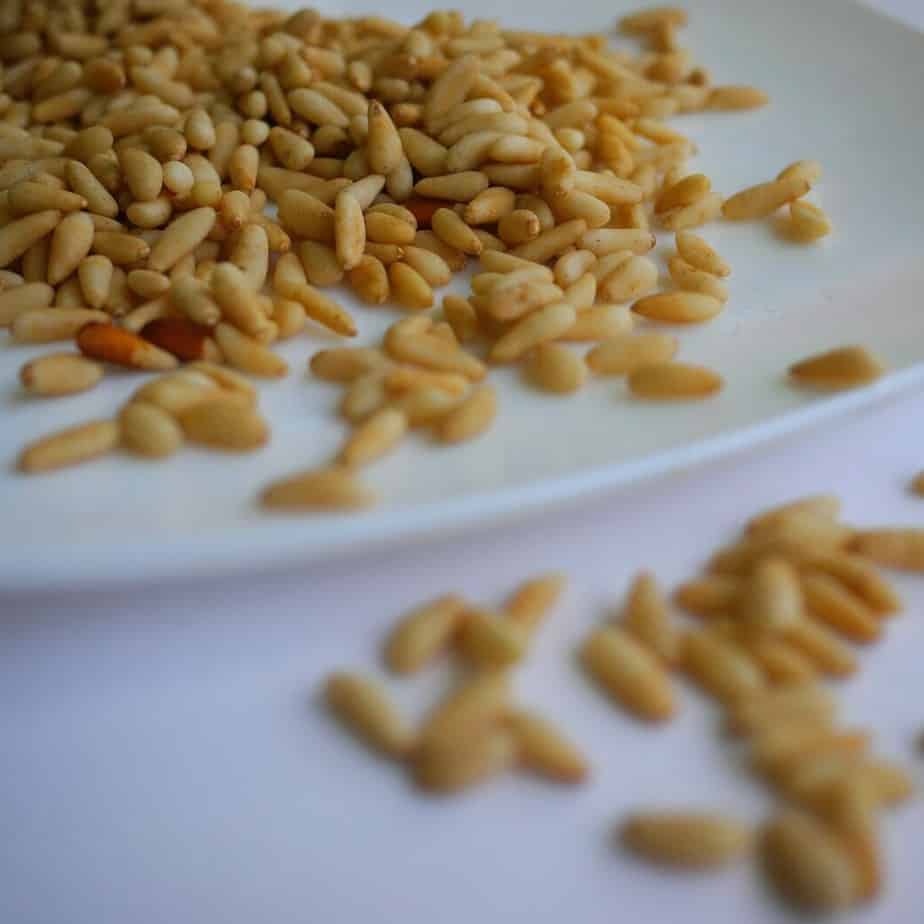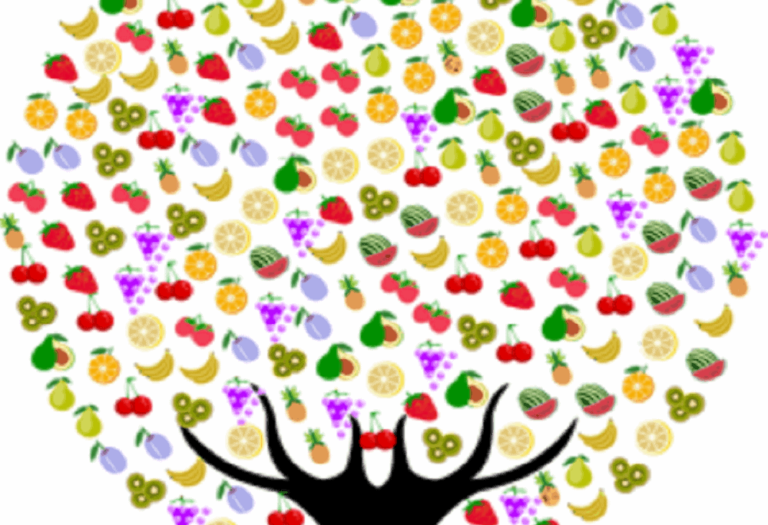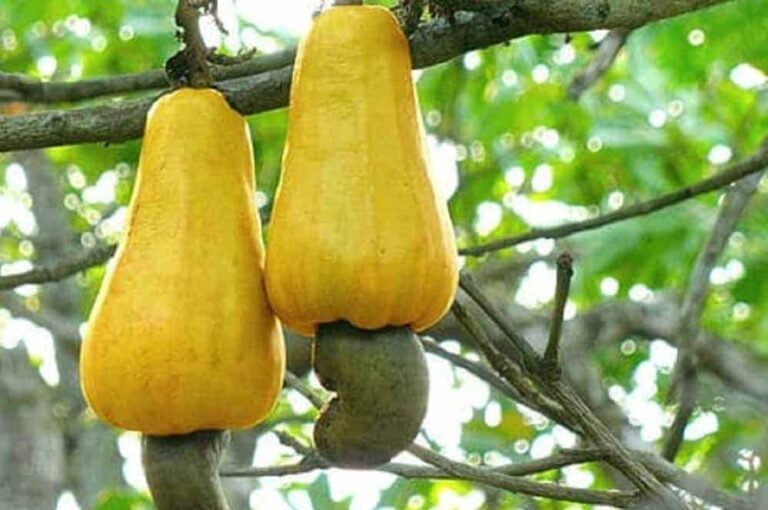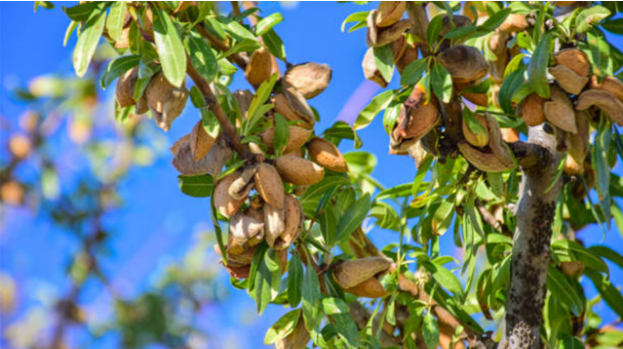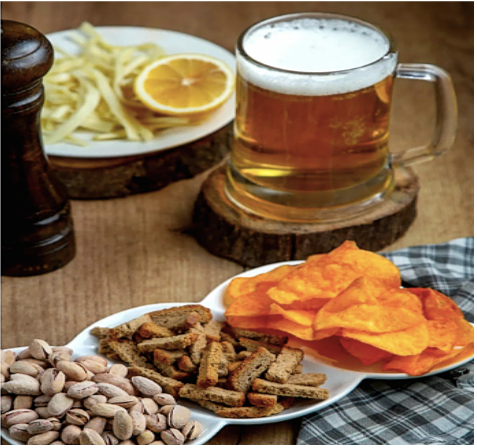Your cart is currently empty!
History Of The Pine Nut Industry In New Mexico
Pine, Pinon, or Stone Nuts is the common names they go by. Alpinus Pinea is their scientific name. They have a long history over much of both hemispheres. They are referred to in the Bible (Hosea 14:8) as coming from the ‘green fir tree’. In southern Europe, especially in Italy, the southern part of France, and the southeastern United States, the name Green Fir Tree applies indiscriminately to at least five species of pine trees. Specifically, the common American variety of pine trees grows in Colorado, New Mexico, and Texas, bearing seeds large enough for food.
In southern Europe, the pine tree attains a height of 30 to 60 or more feet. The seeds are practically wingless, sweet, and nut-like, resembling almonds. Similarly, The Araucarias trees in Australia have large starchy pine nuts and furnish carbohydrate food for the peoples of the southern hemisphere. The pine nuts of the Bunya Bunya pine are about the size of Persian walnuts. In contrast, the seed of the Cembra pine constitutes an essential food for the Siberian taiga, which is the swampy, coniferous forests of Siberia. They are regularly collected each fall as a winter source of fat and protein. Also, the Cembra pine is estimated to produce two million tons of kernels annually.
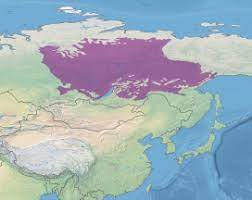
Over the generations, pine nuts have become more challenging to harvest locally. The issue is the precision required to get a pine seed out of a pine cone. So, the whole pine cones are shipped to areas where the labor is cheaper and can be exploited to get the seeds out. The recent history of the pine nut industry revolves around sending pine cones in fertile lands to countries with low-skilled labor to get the seed from the pine cone. The pine nuts from Italy are exported in-shell, and the shell is removed in a dozen Asian and African countries.
Pine Nut Production History In New Mexico
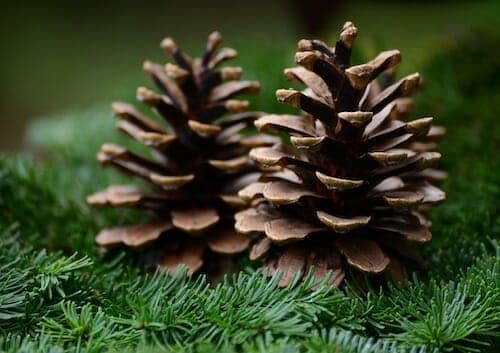
The pine nut tree (pinon, Spanish for pine) is the official state tree of New Mexico, where it has grown for centuries. The pinon and its seed, or nut, were mentioned in the records of the 16th-century explorers of the Southwest Land of Enchantment. Coronado and Cabeza de Vaca described it, and archaeologists found evidence of the nuts in excavations of cliff dwellers and ancient Pueblos.
The Importance Of The Pine Nut To The Native American Economy
The pine nut has always been an important food crop for the Native Indians of North America. As more Americans have become familiar with the unusual flavor of the nut, the pinon harvest attained importance as a source of revenue on the Navajo reservation. Definitely, the Native Indian children gather pine cones to get the seeds and use them as food from native pine trees on the slope of Mt. Blaca in modern-day Colorado.
Three successive growing seasons is what farmers need to produce mature pine cones in New Mexico. The trees grow slowly and do not bear until they are 25 years old and 5 to 10 feet tall. At 75 years old, the trees produce enough nuts for commercial harvesting. This contributes to the high price of pine nuts. Subsequently, these native trees continue growing and bearing seeds for centuries.
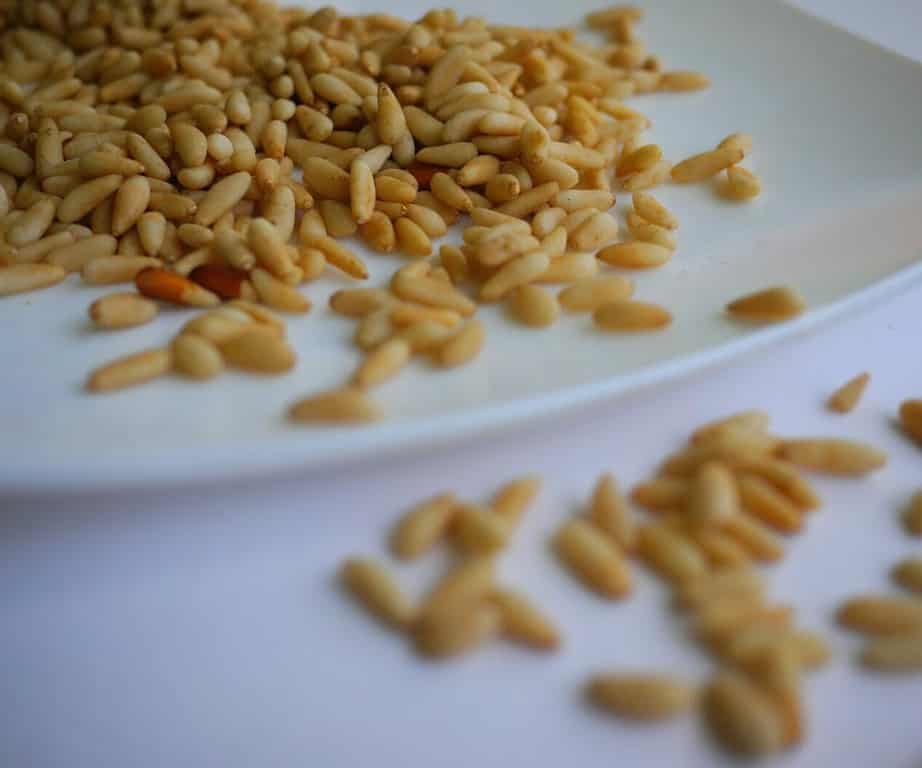
The Pinon tree can produce pine cones in a dry climate since it does well with 12 to 14 inches of yearly rainfall. The trees are most abundant in New Mexico, at elevations over 5,000 to 7,000 feet. New Mexico has the most of any state, but there are also healthy tree populations in Colorado, Arizona, Utah, Nevada, and California.
Although the tree is drought-resistant, moisture is essential to producing the nut-bearing cones. The Forest Service has reported a distinct correlation between the amount of harvest and the summer rainfall. Scientific observation has indicated that a good harvest comes every three years. That is the time needs for the cones to mature with steady rainfall.
Harvesting Pine Nuts
Each year in August or September, the Forestry Service estimates the acreage and prospective crop and issues information about where the prospects are good, fair, and poor to fail. This information aids pickers and buyers in locating and harvesting the crop.
After the frosts come in the fall, the mature cones open, and the nuts fall to the ground. The oldest and most common method of harvesting is to pick them off the ground by hand. A fast picker can gather 20 pounds per day. The nuts are so small that New Mexico pine nuts average 1.500 pounds daily. This means picking up 30,000 nuts per day. Most of the harvesting in the United States is done by Native American youth. Also, New Mexico pine trees have become a destination for tourists to help with the harvest for free.
History Of The Pine Nut Industry Shows A Steep Decline
For this reason, it isn’t easy to estimate the amount of the total harvest. The crop is of considerable economic importance to Navajos of the pine nut industry in New Mexico and Arizona reservations. A record crop of 8,000,000 pounds was harvested on the reservation in 1936. The Bureau of Indian Affairs estimates that 2.500,000 pounds were harvested in 1960. Today, the American crop of wholesale pine nuts will be less than 1,000,000 pounds. Around 350 million piñon trees died statewide in the early 2000s, and millions more died a decade later when harsh drought conditions led to severe beetle infestations, the Santa Fe New Mexican reports. Almost every American currently eat pine nuts that grow and process in China. This can cause allergy complications for some sensitive customers.
Farming Methods Changed With Modern Technology

Improvements in harvesting methods include using suction machines similar to vacuum cleaners and tree shakers, which shake the cones and loose nuts onto a canvas spread beneath the trees. Subsequently, pine needles, cones, and other tree litter must be cleaned out. Processors remove the extra that comes with the seeds by successive screening through hardware cloth.
Pinons usually lose 7 to 15% of moisture within 30 days after the harvest. Drying loss is most rapid at the beginning of the drying period, which may be 5 to 1.0% daily. Losses are more significant and immediate with nuts picked from the tree or the damp or shaded ground. There may be moisture gains during damp weather.
In curing, the nuts require dry air. Nevertheless, storing rooms should close on damp days, and the nuts should not ship to a humid climate more than a few months before their consumption. This is true unless kept in rooms conditioned for 50% relative humidity or lower.
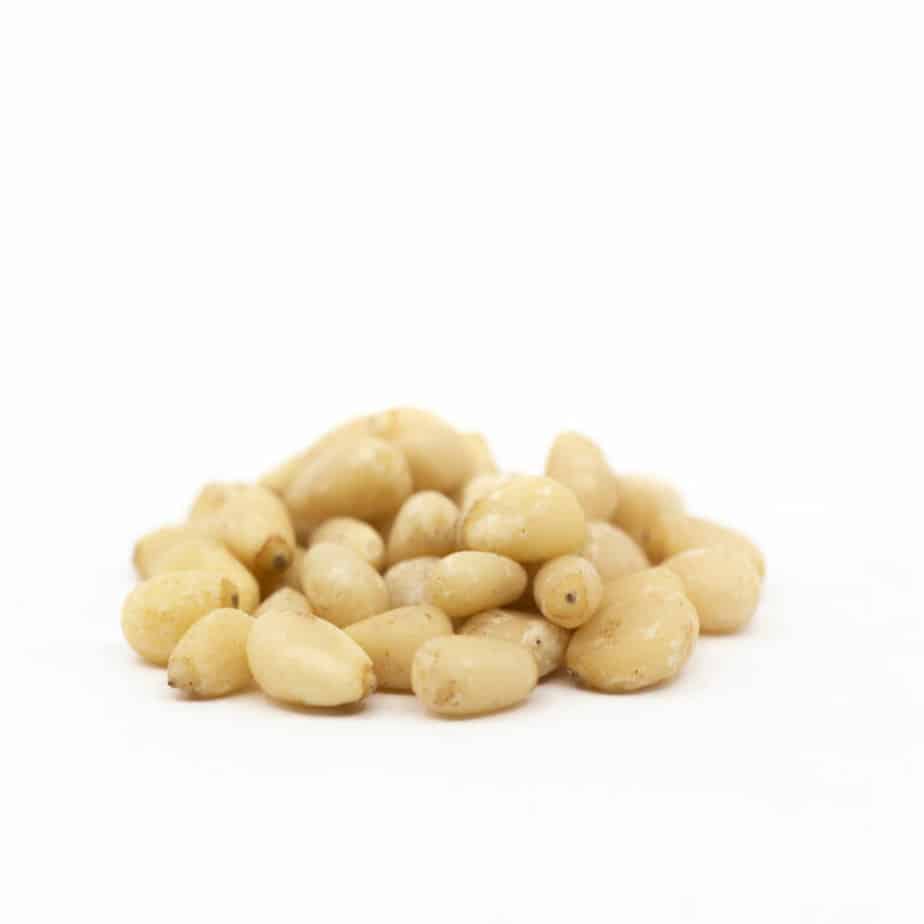
Pine nuts have an excellent record of keeping quality. Moreover, they can be marketed to customers after as much as three years of standard storage if unshelled. However, when shelled, they become rancid in three to six months. Long storage is partly due to the nuts’ and the surrounding air’s very low moisture.
About 90% of the New Mexico crop goes to New York City from wholesalers in Gallup and Albuquerque. A few of them sell in specialty food shops throughout the country. For the entire history of the pine nut industry, sellers have been located on the side of New Mexico streets.
Processing And Using Pine Nuts
Most pine nuts belong to the sweet, highly flavored, and oily group with high protein content. European pine nuts of Italy find use in cakes and puddings or as delicacies but have a strong flavor resembling turpentine. Undoubtedly, customers agree that they are more delicious when roasted. Many chefs and foodies consider the New Mexico pine nut the best raw or cooked.
Another way to prepare the oily group’s pine nuts is to cover them with water and squeeze out the contents with a press. The thick milky residue of pine milk being subjected to partial evaporation will keep for a long time and may partially take the place of meat in the diet. The cake residue is valuable for stock and fowl feed.

